New Views from Südtirol-Alto Adige
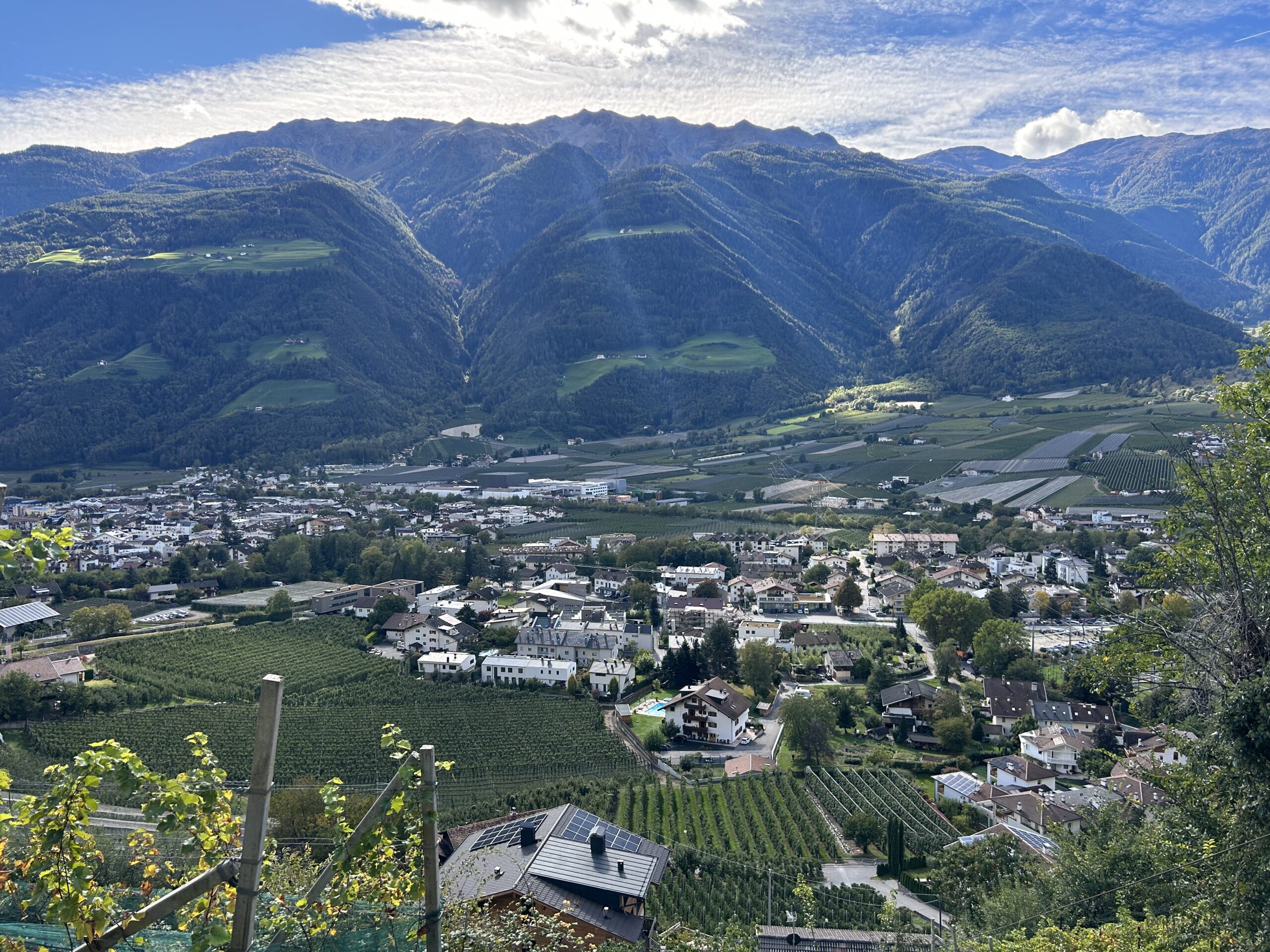
A new generation of growers is breathing life into wines of Südtirol-Alto Adige.

A new generation of growers is breathing life into wines of Südtirol-Alto Adige.
Aleksandar Zecevic, or Aleks, hails from Belgrade, Serbia. He grew up around a family table where love for wine was nurtured. After relocating to New York City for college, Aleks worked in various facets of the wine industry. These experiences cultivated a greater appreciation, and he furthered his passion by taking WSET courses and landed a job at Wine Spectator. After a training at the magazine and pursuing professional studies in journalism at New York University, Aleks became one of the lead tasters at the magazine. He then moved on to become a fine wine specialist at the renowned auction house, Sotheby’s. Today, Aleks specializes in reviewing Austrian, German and Alsatian wines for Wine Enthusiast and is an avid supporter of eco-friendly agriculture. He also hosts the Vintners podcast.
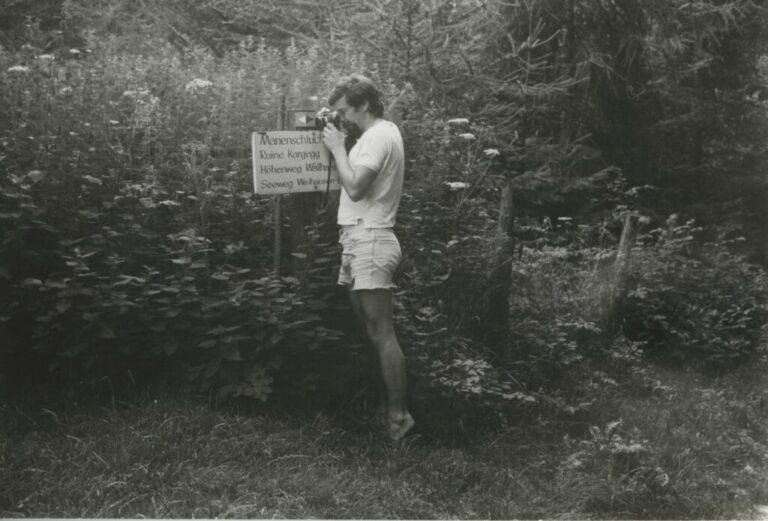
If Emilio Zierock finds it hard to talk about his controversial father, you can’t tell by listening to him. He speaks with remarkable openness about the man. Rainer Zierock, who passed away in 2009, was a brilliant visionary, but also in all likelihood the grandest provocateur in post-war German and Italian viticulture. The powerfully eloquent and often choleric Zierock was considered an eccentric of note, and one who went after everyone. More than a few people also consider him a misunderstood genius, far ahead of his time. His influence on the young wine generation, and particularly the natural wine scene,…...
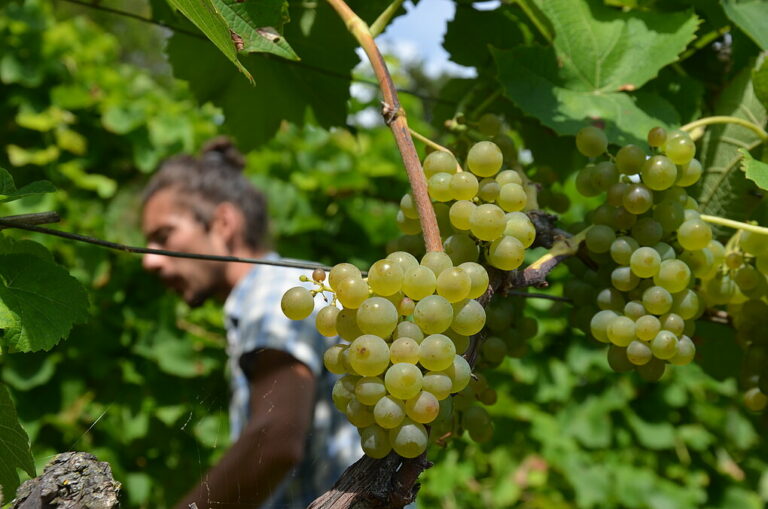
Trink Magazine | Are PIWIs or grape hybrids our viticultural future as the climate crisis makes winegrowing more, not less, challenging? By Christoph Raffelt
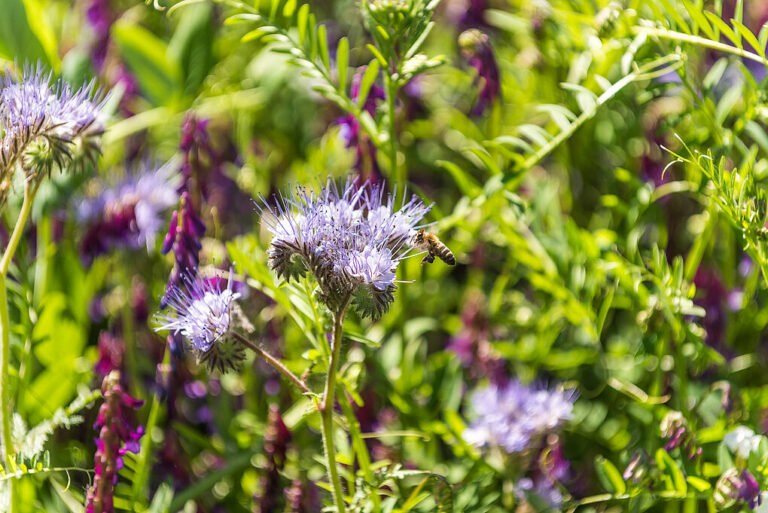
It starts with the soil. “I am passionate about the microbial world under our feet, and the key role it plays in the vine’s adaptation to climate change,” says agronomist Martina Broggio, a sustainable viticulture consultant in northern Italy, Tuscany, Marche, and Puglia. Since 2018, Broggio has been helping wineries in Alto Adige move in a regenerative direction. Regenerative Viticulture (RV) requires a significant paradigm shift within vineyard management, where soil is understood as a living environment rather than as a container for growing grapes. It envisions an ecosystem in which all parts of the vineyard, including roots and bacteria,…...
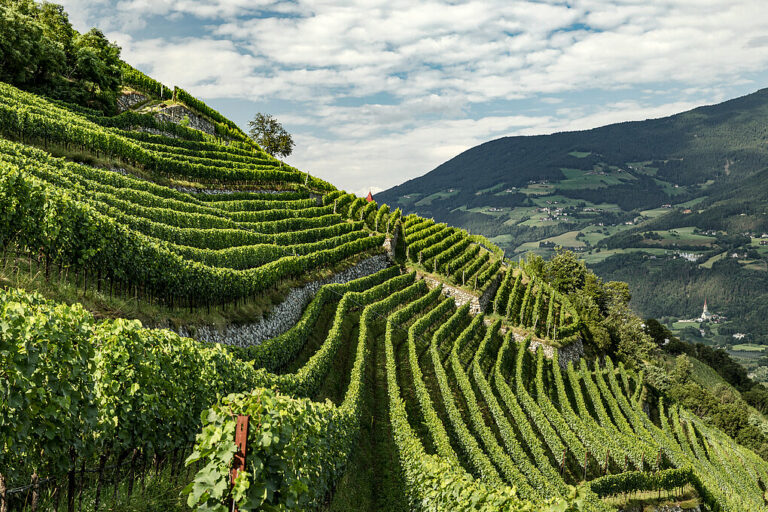
Trink Magazine | This primer offers insight into the surprising contrasts and dynamics at play in the wines of Alto Adige, this small, mountainous, and little known corner of northeast Italy.
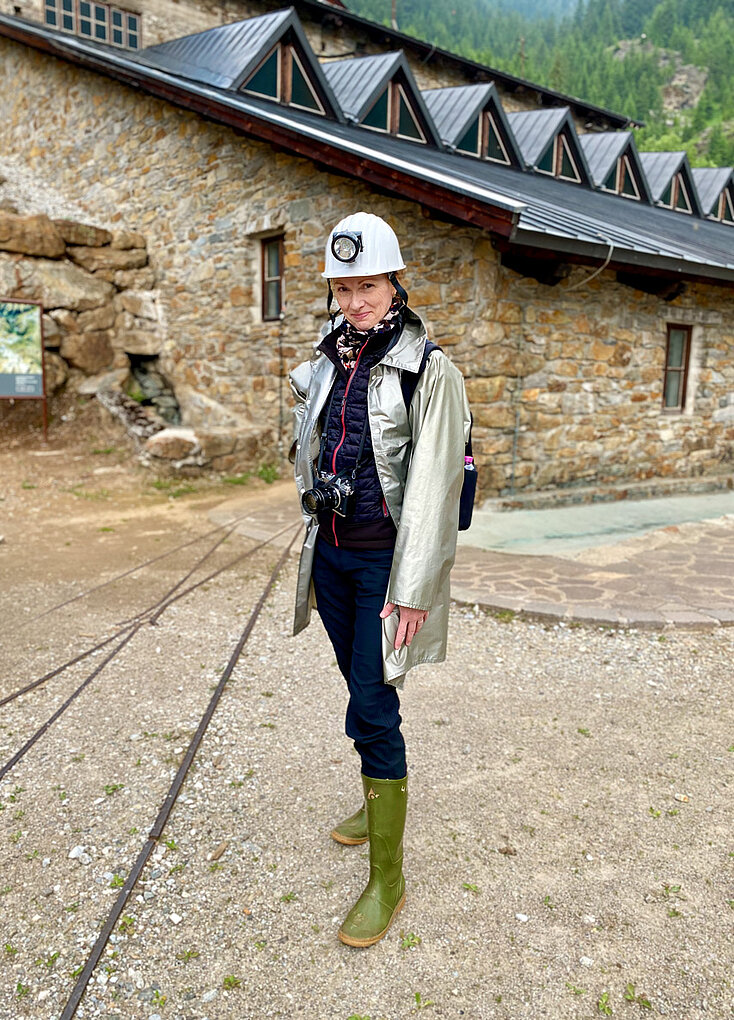
Digging deep with six vintages of the mine-aged iconic Gewürtztraminer Epokale from Cantina Tramin.
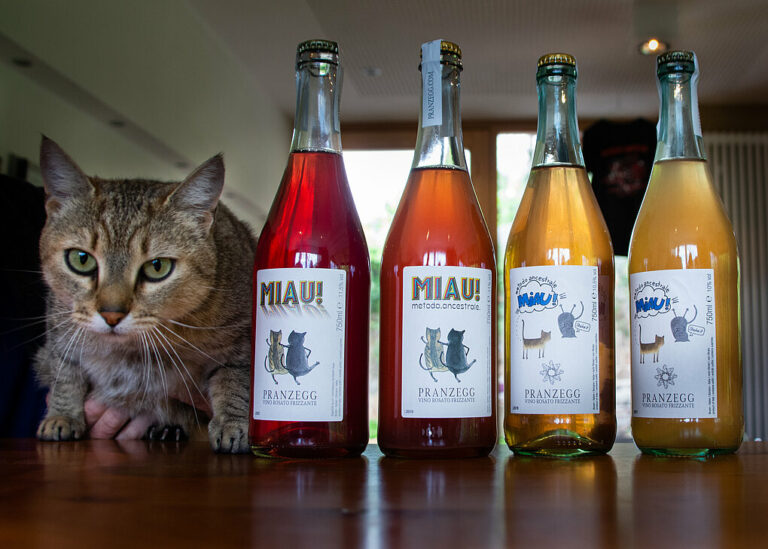
Miau! from Martin Gojer and Marion Untersulzner of Weingut Pranzegg in Bozen, South Tyrol could not be more “critter,” but is it also more? By Daniel and Liliana Schönberger
Enjoy unlimited access to TRINK! | Subscribe Today